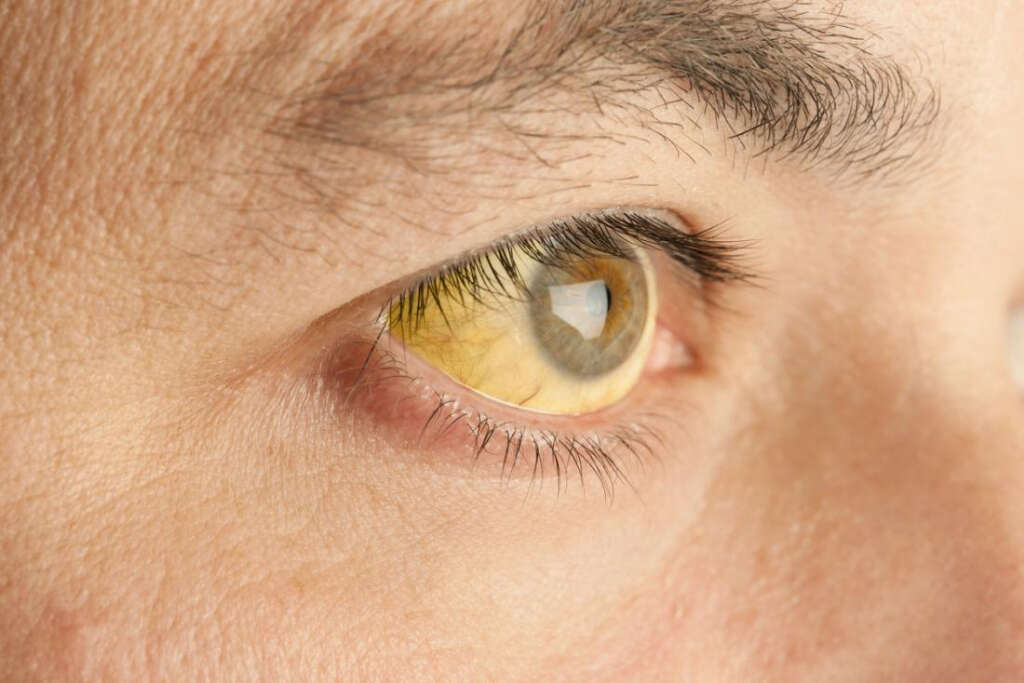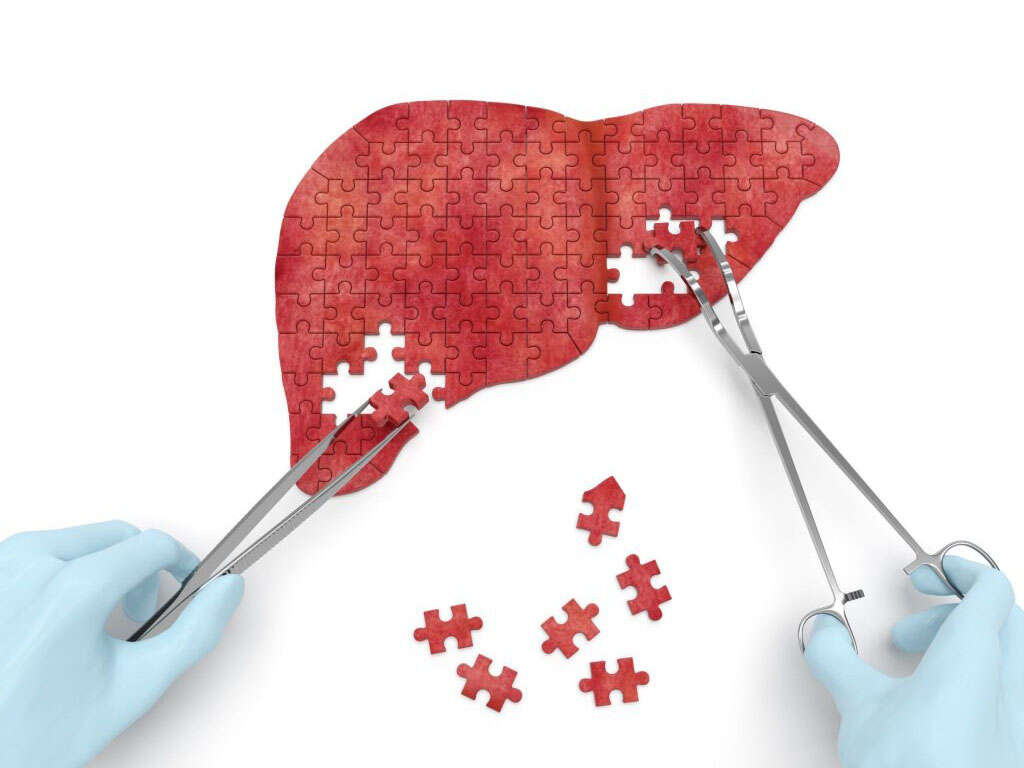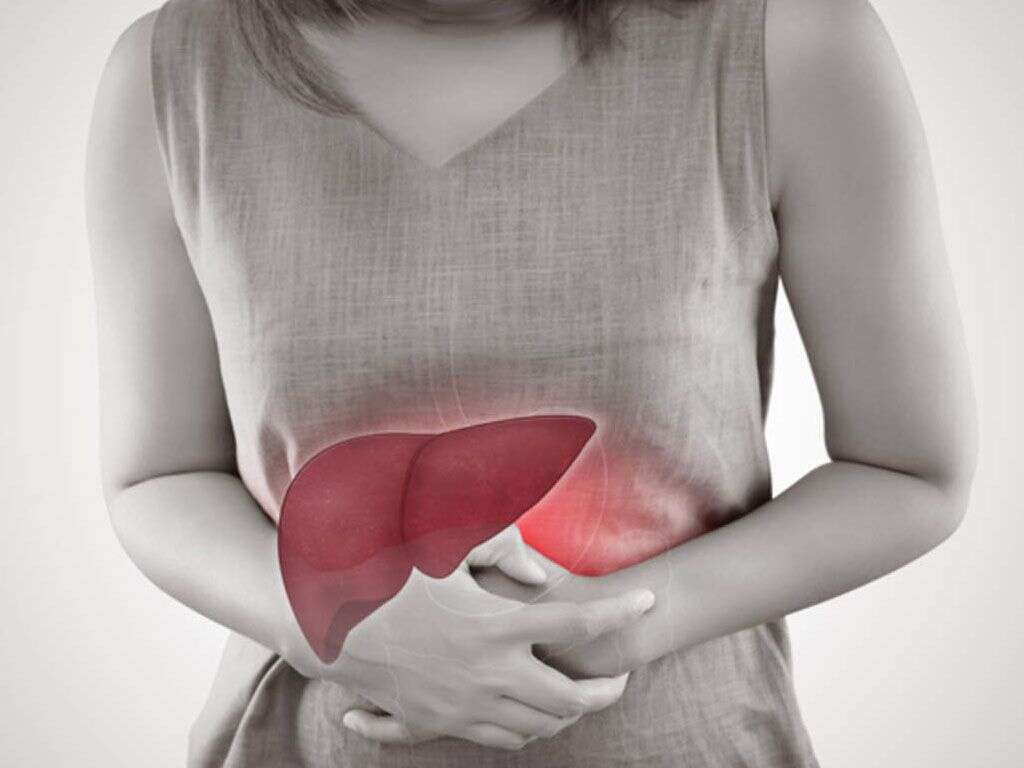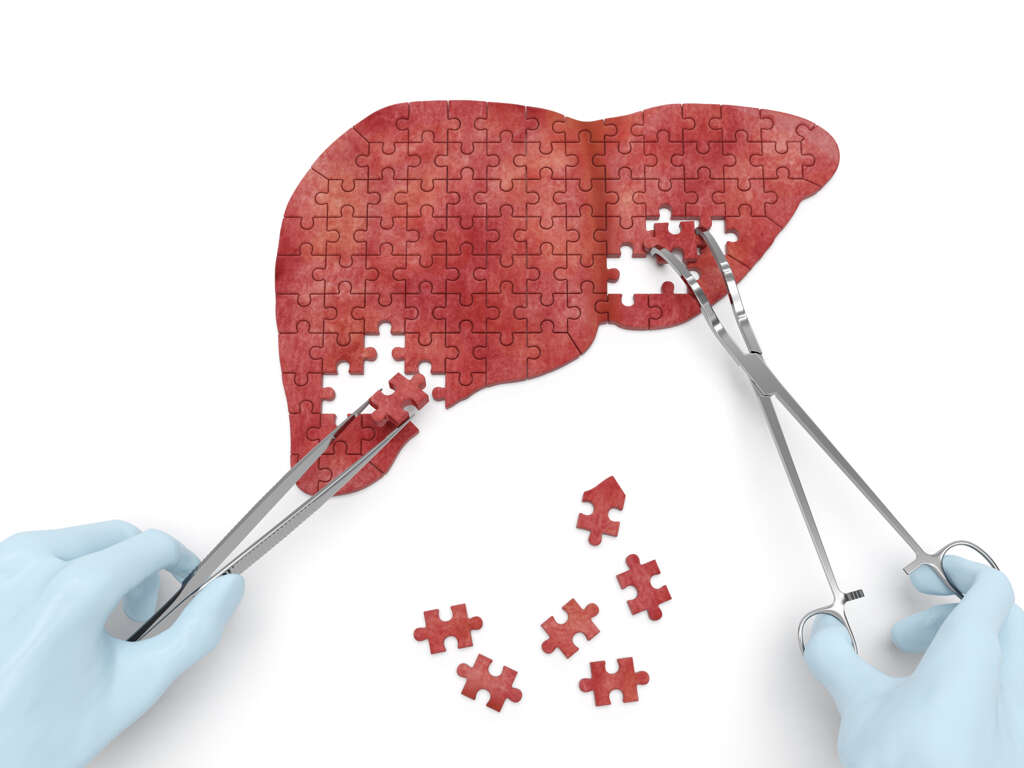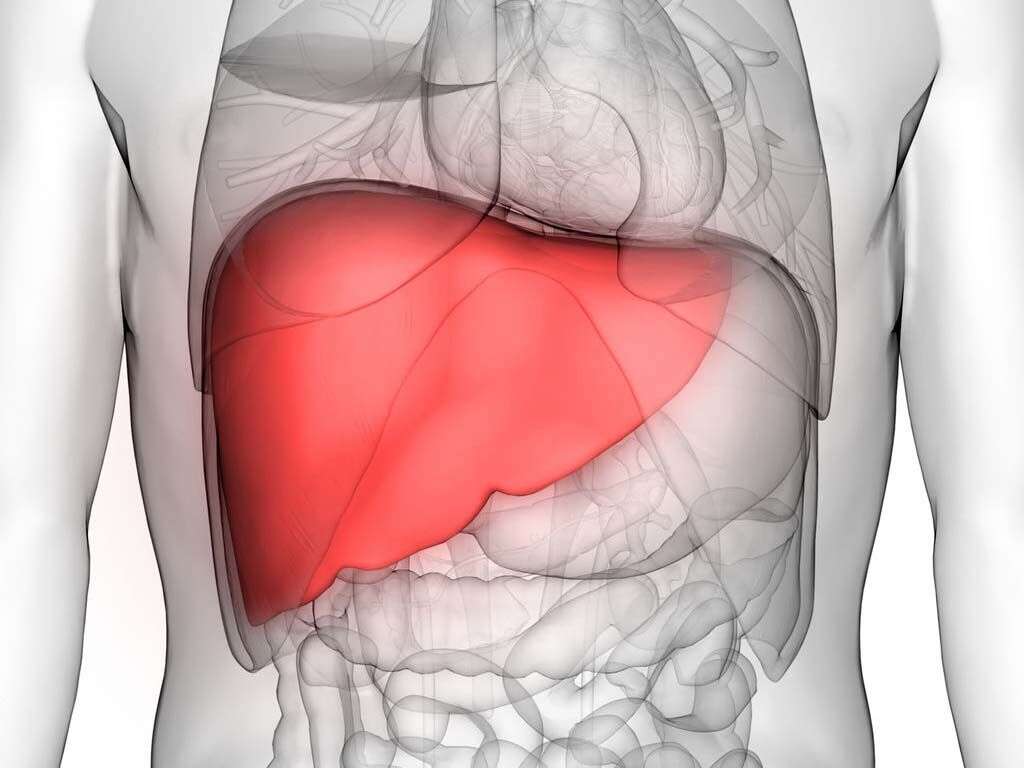10 Cirrhosis Symptoms
 Article Sources
Article Sources
- 1. https://www.ncb.nlm.nih.gov/pmc/articles/PMC3583179/
- 2. https://academic.oup.com/eurpub/article/20/3/251/429061
- 3. https://www.ncbi.nlm.nih.gov/pubmed/9581671
- 4. https://www.ncbi.nlm.nih.gov/pmc/articles/PMC2924137/
- 5. https://www.ncbi.nlm.nih.gov/pubmed/23011241
- 6. http://patients.gi.org/topics/ascites/
- 7. https://academic.oup.com/qjmed/article/101/2/71/1601382
- 8. https://jamanetwork.com/journals/jama/article-abstract/654786
Cirrhosis is a serious condition that, if not treated, can soon by classified as end-stage liver disease and is often a result of chronic liver disease 1https://www.ncb.nlm.nih.gov/pmc/articles/PMC3583179/. The condition can develop due to a number of liver diseases.
Approximately 2.9 percent of patients with hepatitis will develop cirrhosis within one decade following the initial diagnosis. In patients with hepatitis B, it is estimated that approximately 19.8 percent may develop cirrhosis within the first thirteen years after they are diagnosed with the condition. New treatments are being developed. Early identification of cirrhosis can lead to improvements in the treatments administered, which is why education about the symptoms of this condition is crucial to ensuring more successful treatment as well as a higher quality of life for cirrhosis patients. Here are some symptoms to keep an eye out for if you suspect someone may have cirrhosis.
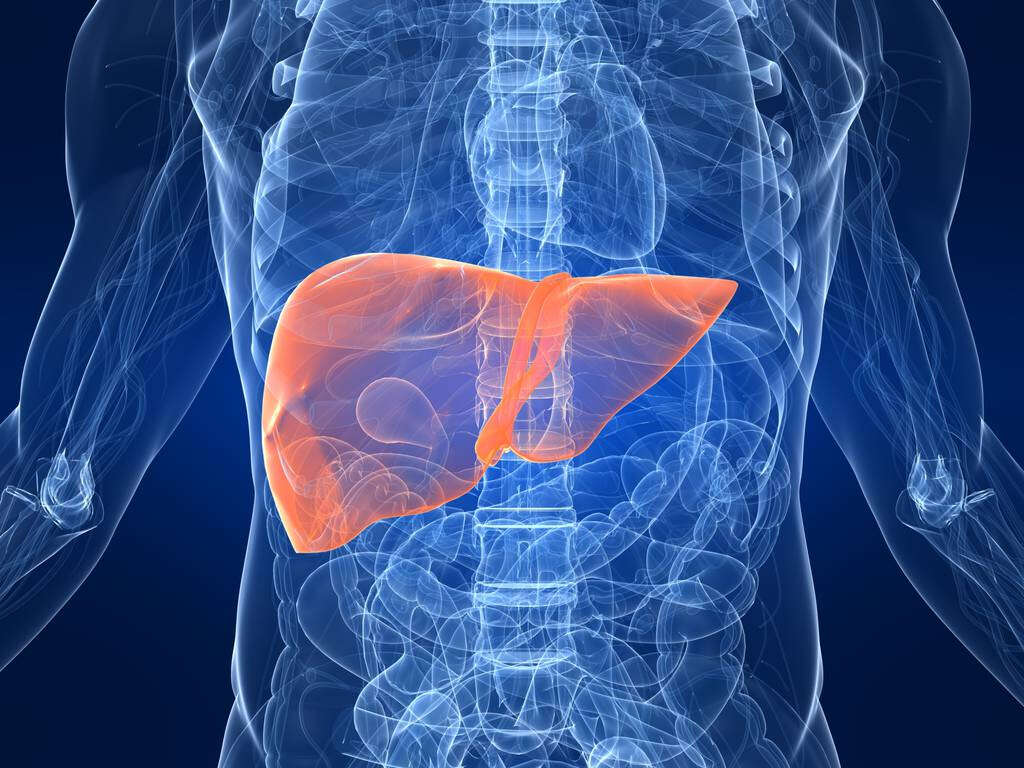
Symptom #1: Fatigue
Fatigue is one of the most common symptoms of cirrhosis and is often one of the first signs that liver disease is progressing to the end-stage phase. It is often associated with poor sleep, a sedentary lifestyle, an unhealthy diet, the use of certain medications, and chronic fatigue syndrome 2https://academic.oup.com/eurpub/article/20/3/251/429061. However, if a person who has been diagnosed with any type of liver disease continuously experiences fatigue, it might be cirrhosis. See a doctor as soon as possible.

Symptom #2: Weakness
Weakness has been linked to malnutrition caused by reduced liver function in the body. Therefore, if you have already been diagnosed with fatty liver disease or another type of condition that may lead to cirrhosis, the symptom may be cause for concern.
The Aarhus University Hospital in Denmark performed a study to determine the effect of cirrhosis on muscle strength 3https://www.ncbi.nlm.nih.gov/pubmed/9581671. The study included twenty-four participants who had been diagnosed with cirrhosis of the liver. Significant levels of muscle weakness were observed in the participants.

Symptom #3: Itchiness
Everyone experiences itchiness at some point in life, most often as a type of allergic reaction on the skin. There are many other possible causes for itchy skin. However, if a person has been diagnosed with liver disease, they should be concerned about excessive itchiness of the skin since this may indicate that the liver disease has progressed to cirrhosis.
The itchiness is caused by bile that builds up in the skin, leading to irritation and a release of histamine in the affected region 4https://www.ncbi.nlm.nih.gov/pmc/articles/PMC2924137/.

Symptom #4: Weight Loss
Unexpected weight loss is another common sign that a person’s liver disease has progressed to the end-stage. While weight loss is beneficial for obese individuals, it is important to lose weight in a healthy way. Weight loss due to cirrhosis contributes to the malnutrition that is prevalent among individuals diagnosed with the condition.
One study monitored the body weight of a few participants with cirrhosis over a period of time 5https://www.ncbi.nlm.nih.gov/pubmed/23011241. Participants lost an average of 7.7 kilograms, demonstrating that a connection between cirrhosis and weight loss does exist.

Symptom #5: Bloating
In cirrhosis, bloating is usually a result of ascites, a condition where the patient’s abdominal cavity fills with fluid 6http://patients.gi.org/topics/ascites/. Ascites is a sign that the liver is failing. This symptom should not be taken lightly, and a patient should seek medical attention as soon as they can.
At this point of cirrhosis, the most effective treatment is usually a liver transplant. Other treatments may also help reduce the severity of the symptoms caused by ascites.

Symptom #6: Nausea
Nausea, or a general feeling of sickness that may include the urge to vomit, is a relatively common symptom of cirrhosis. In addition to nausea, patients may also experience other gastrointestinal problems as the disease progresses.
The sudden onset of nausea in patients with liver disease should be considered cause to see a physician since this may indicate the development of cirrhosis.

Symptom #7: Spider Angiomas
Patients with cirrhosis may develop spider angiomas, also known as spider nevi. This condition causes blood vessels underneath the skin to become swollen.
The swollen blood vessels create unattractive, radiating red spots on the skin. In patients with cirrhosis, the most commonly affected areas include the chest and the face.

Symptom #8: Edema
Edema is a common symptom associated with cirrhosis. One study estimates that this symptom occurs in at least 50 percent of all patients within the first decade following their diagnosis 7https://academic.oup.com/qjmed/article/101/2/71/1601382. Scientific studies suggest that fluid accumulates in the extremities because of peripheral vasodilation of the arteries.
In addition to the visual signs, edema can also lead to great discomfort in the affected patient. Several treatments have been developed to reduce fluid accumulation in the extremities in patients with cirrhosis.

Symptom #9: Loss of Appetite
In cirrhosis, appetite-related issues may cause several complications, including excessive weight loss and a higher possibility of nutritional deficiencies. Many patients complain that they no longer feel as hungry once their liver disease progresses to cirrhosis, which can become a serious problem if their weight becomes alarmingly low.
There are ways to improve appetite among individuals who experience a loss of appetite due to cirrhosis.

Symptom #10: Jaundice
Jaundice is another symptom that patients need to be wary of if they’re diagnosed with cirrhosis. One study shows that jaundice symptoms in patients with cirrhosis are linked to issues related to the production of bilirubin, a compound that is produced when hemoglobin is broken down 8https://jamanetwork.com/journals/jama/article-abstract/654786.
Jaundice is usually a sign of the progression of liver disease. Patients should look out for symptoms such as a yellowing of their eyes, dark urine, and pale stools. Other symptoms associated with jaundice include fatigue, abdominal pain, vomiting, and weight loss.
